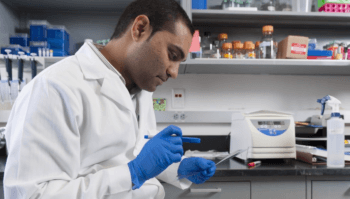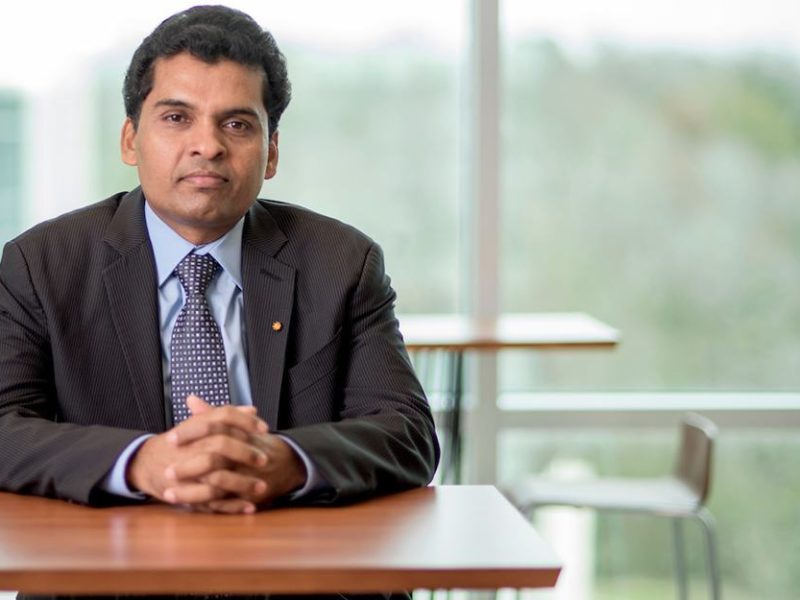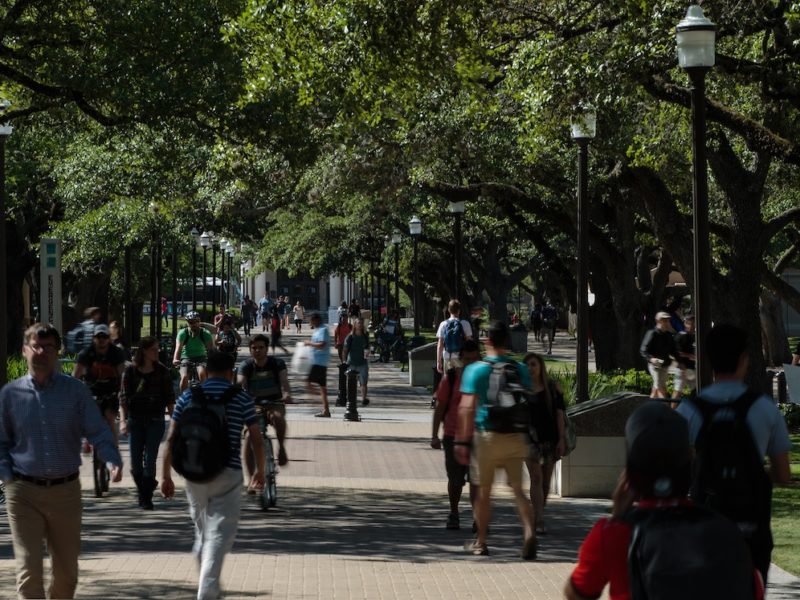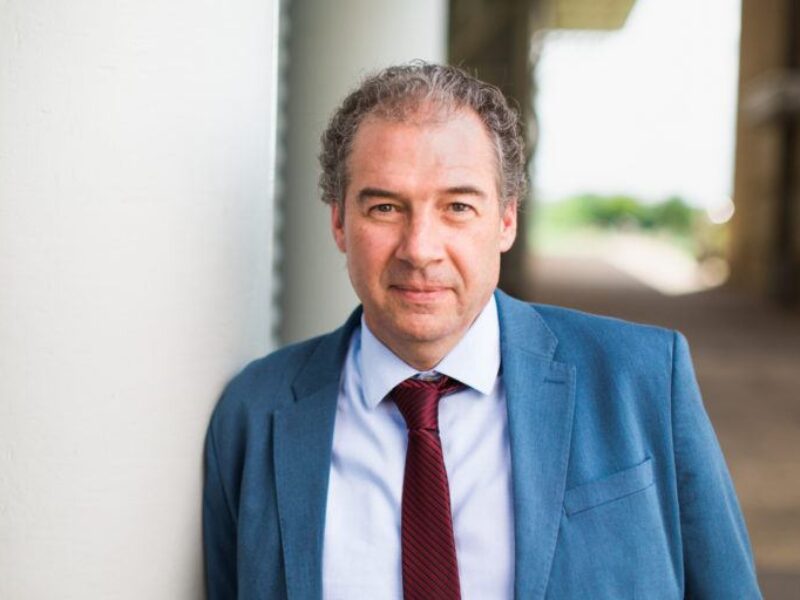HSC Receives $5.9 Million CPRIT Award For Cancer Research

The Cancer Research and Prevention Institute of Texas (CPRIT) awarded $5,954,596 to the Combinatorial Drug Discovery Program at the TAMHSC Institute for Biosciences and Technology (IBT). This research builds upon the success of established therapies by repurposing drugs already approved by the U.S. Food and Drug Administration to create new treatments in the fight against cancer. The drugs can be used on their own in new ways or combined with other drugs, natural products or compounds to create novel therapies.
“We are in the midst of a period of remarkable advances in our understanding of the basic molecular processes that underlie many forms of cancer,” says primary investigator Peter Davies, Ph.D., M.D., professor and director of the Center for Translational Cancer Research at the Texas A&M IBT in Houston’s Texas Medical Center. The Combinatorial Drug Discovery Program seeks to address a challenge associated with these advancements: how to convert that knowledge to new treatments that ultimately benefit patients.
In its role as one of six institutions to receive a CPRIT core facility support grant, TAMHSC enables other health care institutions to complete research they otherwise wouldn’t be able to due to the complexity of drug discovery research. This is because at the heart of the Combinatorial Drug Discovery Program is a cutting-edge high-throughput processor, the IN Cell Analyzer 6000 from GE Healthcare — acquired with a 2012 CPRIT grant — and high-speed robotic workstations, which can process up to 50,000 combinations of drugs, natural products and chemicals each day.
Continue reading on Vital Record.
This article by Jennifer Fuentes originally appeared in Vital Record.





